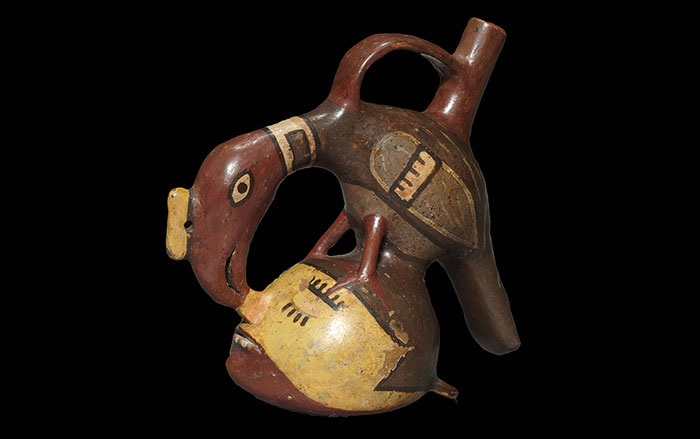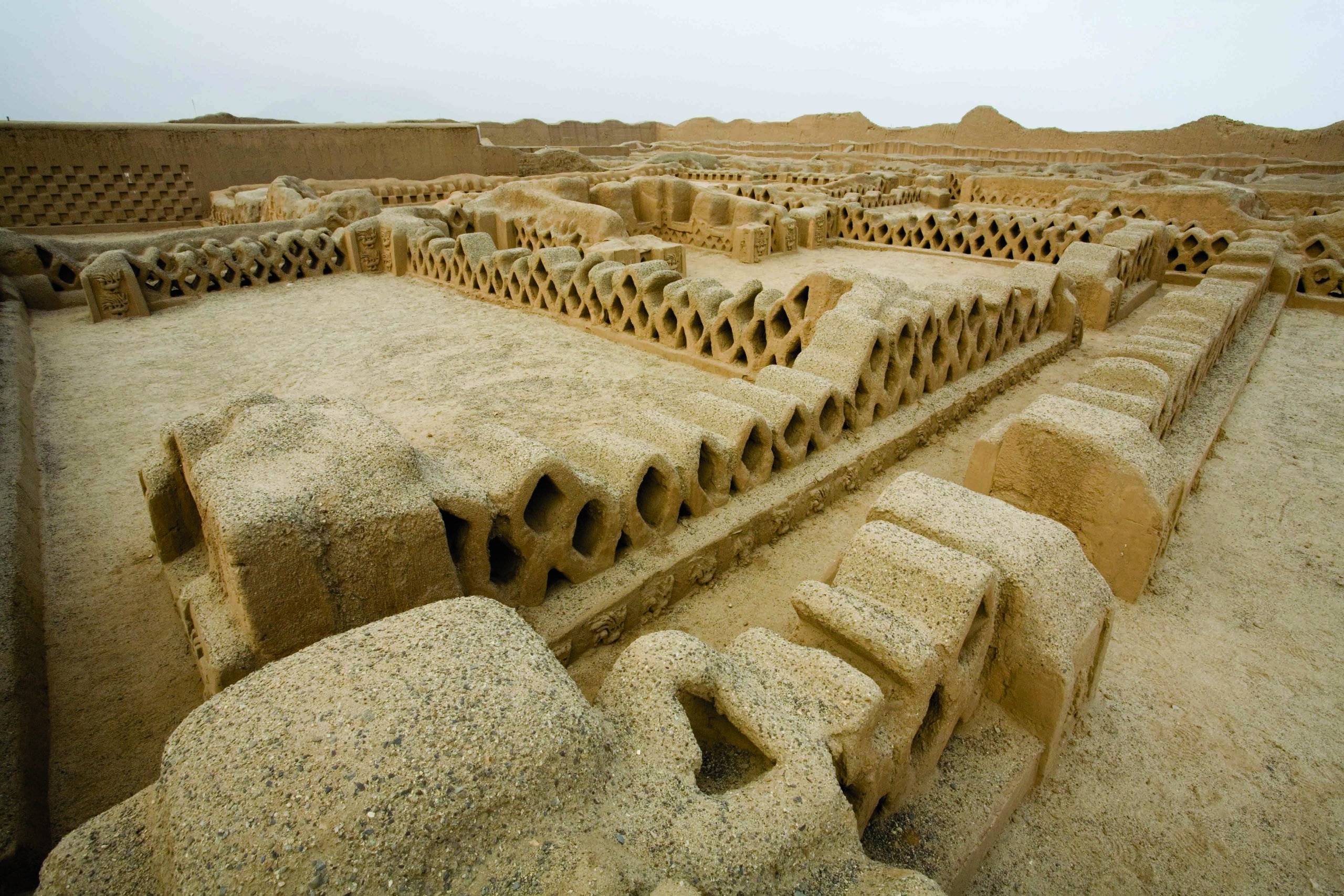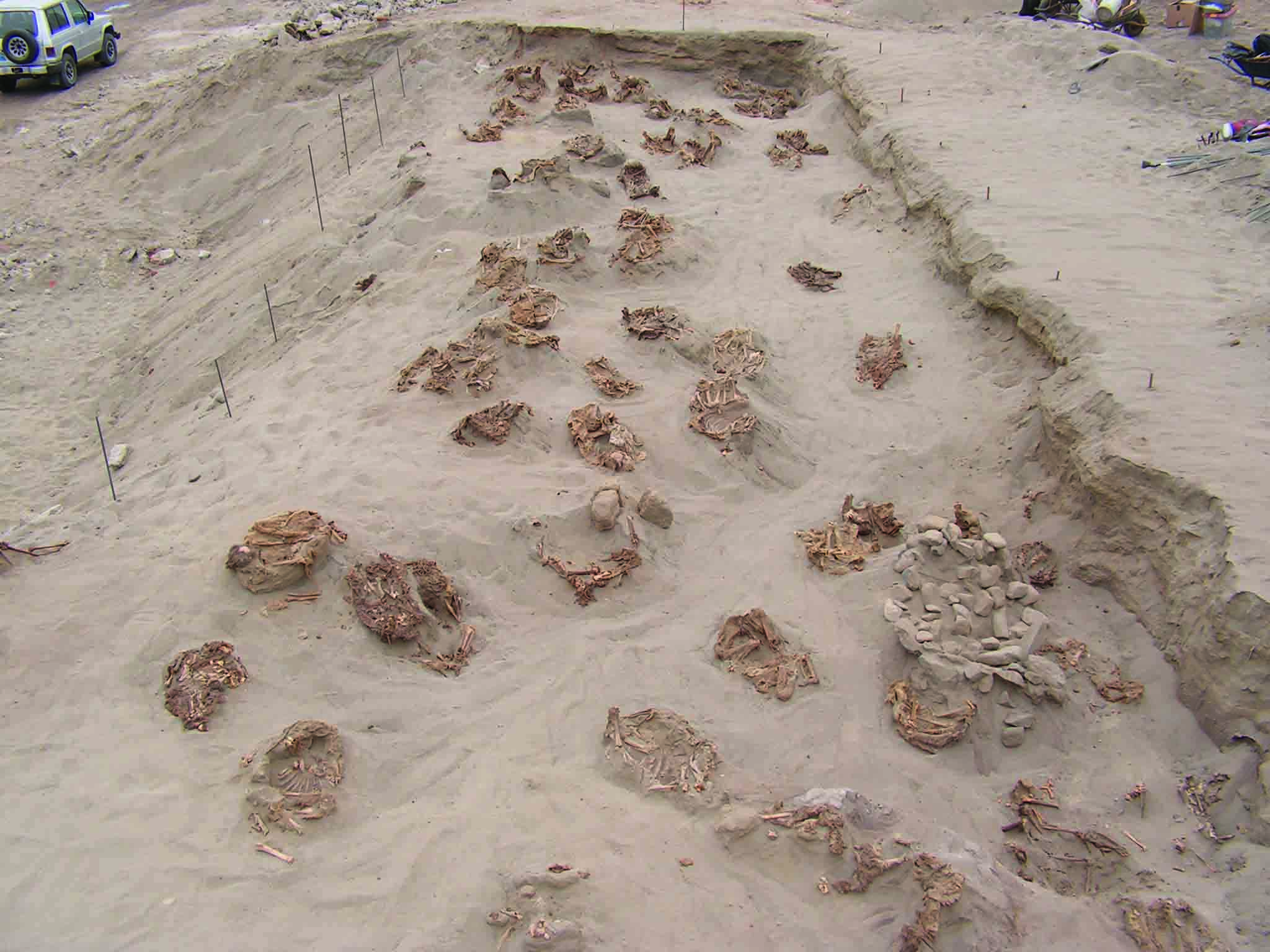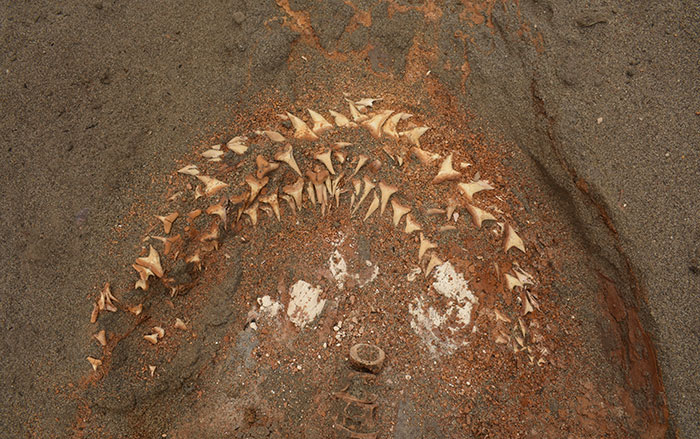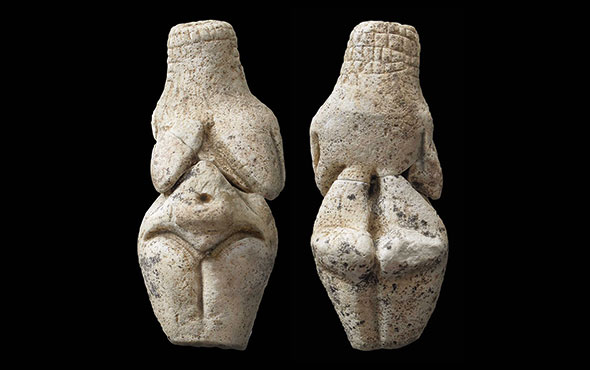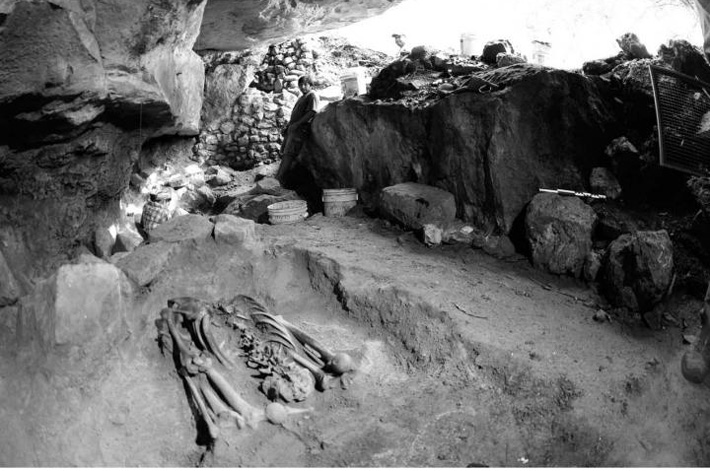
CHICAGO, ILLINOIS—According to a statement released by University of Chicago Press Journals, Vera Tiesler of the Autonomous University of Yucatán and Guilhem Olivier of the National Autonomous University of Mexico compared skeletal evidence of sacrificial heart extractions with descriptions of ceremonial heart extractions in historical documents. Their analysis suggests there were three distinct heart extraction methods in use in ancient Mesoamerica, including cutting under the ribs, making an incision between two ribs, or horizontally severing the breastbone. The researchers suggest the extracted hearts and collected blood were then offered as food to the gods as acts of obligation, reciprocation, and reenactment in recognition of the sacrifices made by the gods in the creation of the universe. To read about a temple complex in Mexico where archaeologists believe prisoners of war were sacrificed to the god Xipe Totec, go to "Temple of the Flayed Lord."



